What makes an office chair ergonomic?
Introduction
With the rise of remote work and long hours spent at desks, having a comfortable and supportive office chair has never been more important. However, not all office chairs are created equal. An ergonomic office chair is specifically designed to provide optimal support, reduce discomfort, and promote healthy posture during long periods of sitting. But what exactly makes an office chair ergonomic? In this guide, we’ll explore the essential features of an ergonomic chair and why investing in one is crucial for your health and productivity.
Understanding Ergonomics
Ergonomics is the science of designing products and environments that fit the needs of the people using them, aiming to enhance comfort, efficiency, and safety. In the context of office chairs, ergonomics focuses on creating chairs that support the body’s natural posture, reduce strain on the musculoskeletal system, and prevent common issues like back pain and fatigue. An ergonomic chair is adjustable, supportive, and designed to cater to individual body types and needs.
Key Features of an Ergonomic Office Chair
1. Adjustable Seat Height
- Why It Matters: The ability to adjust seat height allows you to set the chair at the right level so that your feet rest flat on the floor, your thighs are parallel to the ground, and your arms are even with the height of your desk.
- Ideal Feature: A good ergonomic chair should have a pneumatic adjustment lever that allows you to easily change the seat height to match your body size and workstation.
2. Lumbar Support
- Why It Matters: Lumbar support is crucial for maintaining the natural curve of your lower spine, which prevents slouching and reduces strain on the lower back. Without proper lumbar support, prolonged sitting can lead to lower back pain and long-term spinal issues.
- Ideal Feature: Look for chairs with adjustable lumbar support that allows you to change the height and depth to fit your spine’s curve. This ensures the lower back is adequately supported throughout the day.
3. Adjustable Seat Depth and Width
- Why It Matters: The depth and width of the seat should accommodate your body comfortably. A seat that is too short will not provide enough thigh support, while one that is too deep may cause you to slouch forward.
- Ideal Feature: An ergonomic chair should have an adjustable seat depth that lets you slide the seat forward or backward to ensure that there is a 2-4 inch gap between the back of your knees and the edge of the seat.
4. Backrest Adjustability
- Why It Matters: The backrest of an ergonomic chair should support the natural curve of the spine and be adjustable to fit the user’s height and posture needs. Adjustable backrests help reduce pressure on the spine and prevent back strain.
- Ideal Feature: Chairs with a backrest tilt and lock mechanism allow you to recline at different angles, which helps relieve pressure on your spine and improve circulation.
5. Seat Material and Padding
- Why It Matters: The material and padding of the seat contribute significantly to comfort. A seat that is too hard or made from poor-quality materials can cause discomfort over time.
- Ideal Feature: Look for chairs with high-density foam padding and breathable fabric or mesh material that provides comfort and prevents heat buildup.
6. Armrests
- Why It Matters: Proper armrest positioning helps support the weight of your arms, reducing strain on your shoulders and neck. Armrests that are too high, low, or far apart can lead to poor posture and discomfort.
- Ideal Feature: Ergonomic chairs should have adjustable armrests that move up, down, side-to-side, and forward or backward. This ensures that your arms are supported while keeping your shoulders relaxed.
7. Swivel and Mobility
- Why It Matters: A chair that swivels easily allows you to reach different areas of your desk without straining. Casters enable smooth movement across the workspace, enhancing mobility and reducing the need to twist your body awkwardly.
- Ideal Feature: Look for chairs with 360-degree swivel and high-quality casters that glide smoothly on different surfaces, including carpet and hard floors.
8. Headrest
- Why It Matters: A headrest provides additional support for your head and neck, which is particularly important for those who experience neck pain or work long hours. It helps maintain proper posture and prevents strain on the upper spine.
- Ideal Feature: An adjustable headrest that can be positioned to support the back of your head and neck, especially when reclining, adds an extra layer of comfort.
9. Tilt Mechanism
- Why It Matters: The tilt mechanism allows the chair to move with your body as you shift positions, helping to reduce static pressure on the spine and enhance blood flow. It encourages dynamic sitting, which is crucial for long periods of work.
- Ideal Feature: A synchronized tilt mechanism, which moves the seat and backrest simultaneously, keeps your body balanced and supported during movement.
10. Sturdy Base and Stability
- Why It Matters: A stable base with five legs provides balance and reduces the risk of tipping over. Stability is essential for safety and confidence when adjusting your position or reclining.
- Ideal Feature: Choose a chair with a five-point base, usually made of high-quality metal or reinforced plastic, to ensure long-term stability and durability.
Why an Ergonomic Chair Matters for Your Health
Investing in an ergonomic office chair is not just about comfort—it’s about safeguarding your health. Here are some key benefits:
- Prevents Back and Neck Pain: Proper support and adjustability help maintain the natural alignment of your spine, reducing the risk of musculoskeletal disorders.
- Improves Posture: An ergonomic chair encourages good posture by providing the right support in all the right places, preventing slouching and forward head posture.
- Boosts Productivity: Comfort leads to better focus and productivity. When you’re not distracted by discomfort or pain, you can work more efficiently.
- Reduces Fatigue: Ergonomic chairs promote movement and better circulation, helping to reduce fatigue and keep energy levels up throughout the day.
Conclusion
Choosing an ergonomic office chair is an investment in your comfort, health, and productivity. By understanding the key features that make a chair ergonomic—such as adjustability, lumbar support, and high-quality materials—you can select a chair that suits your individual needs. Whether you’re outfitting a home office or upgrading your workspace, prioritizing ergonomics will help you work more comfortably and efficiently.
Thanks for contacting us, we will reply you ASAP.
























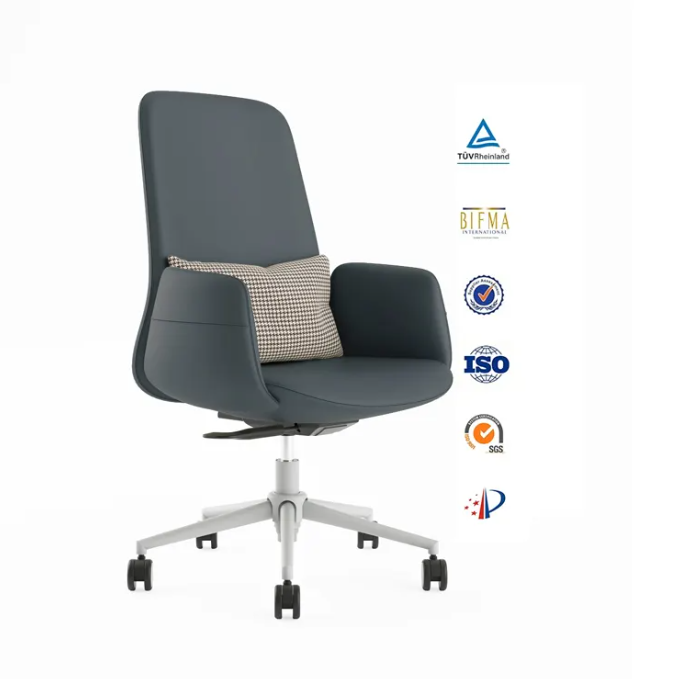




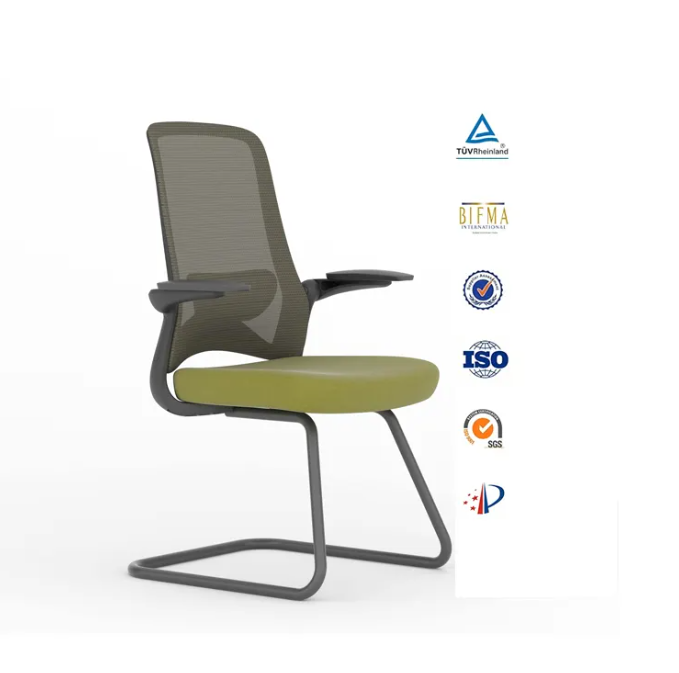


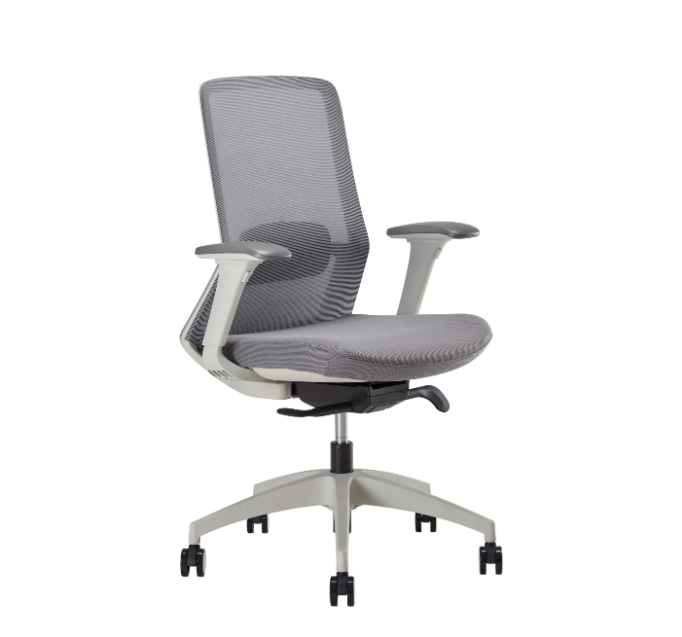
























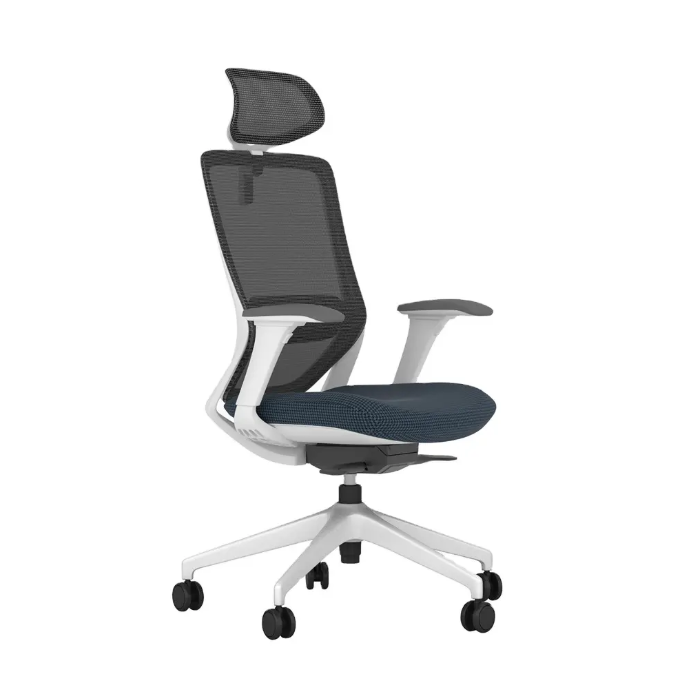










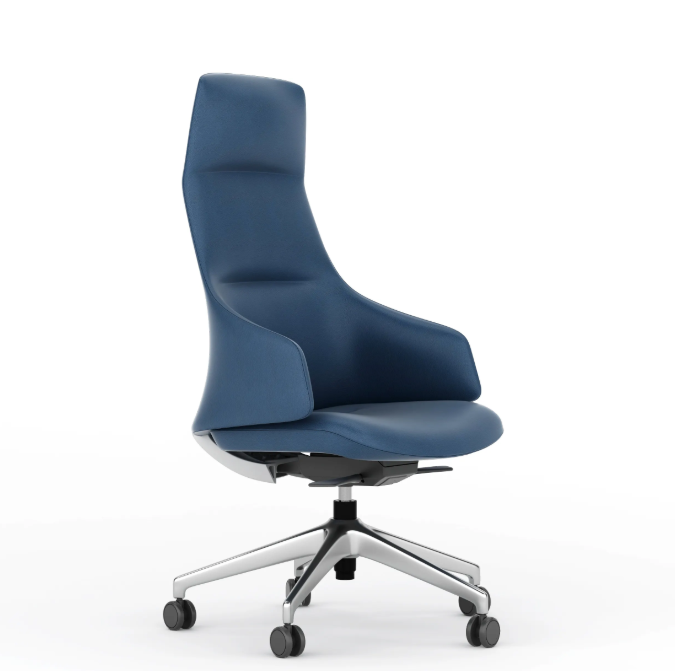





















.jpg)
.jpg)
.jpg)
.jpg)
.jpg)
.jpg)
.jpg)
.jpg)
.jpg)
.jpg)
.jpg)
.jpg)
.jpg)
.jpg)
.jpg)
.jpg)


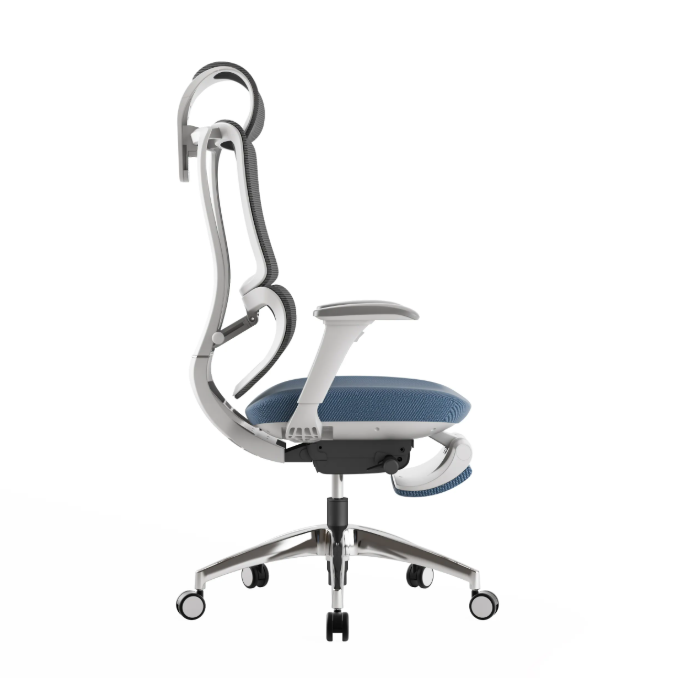

.jpg)
